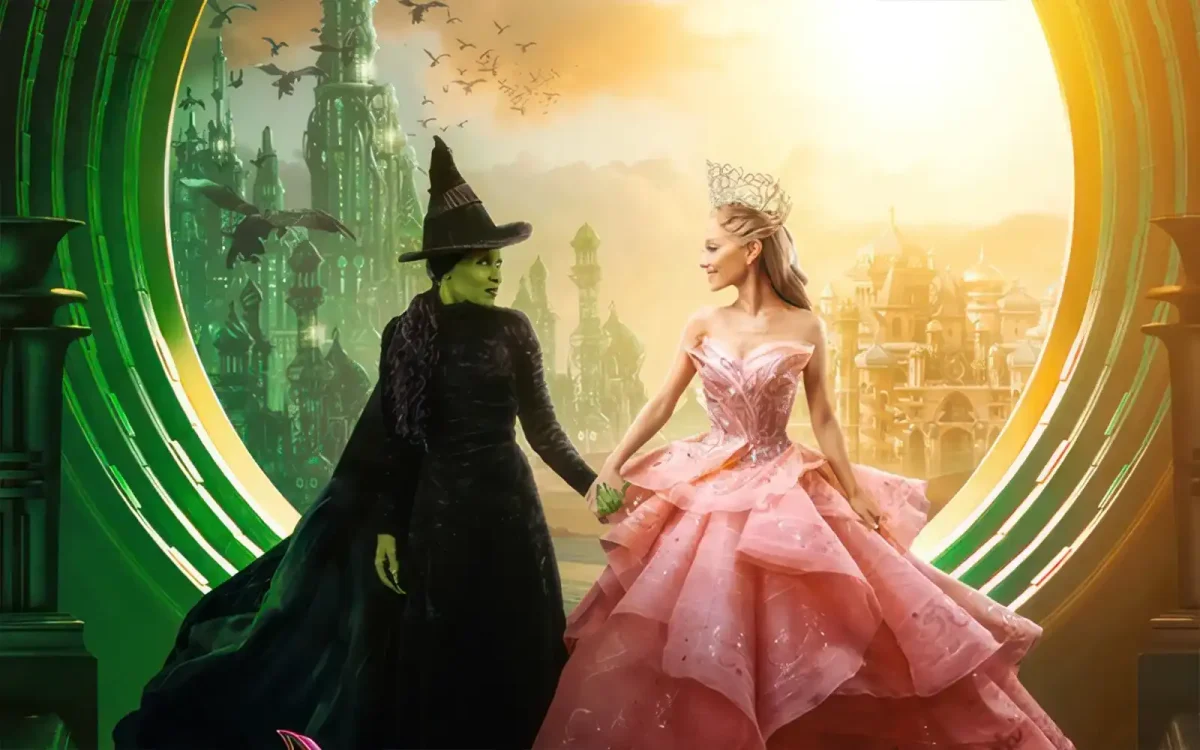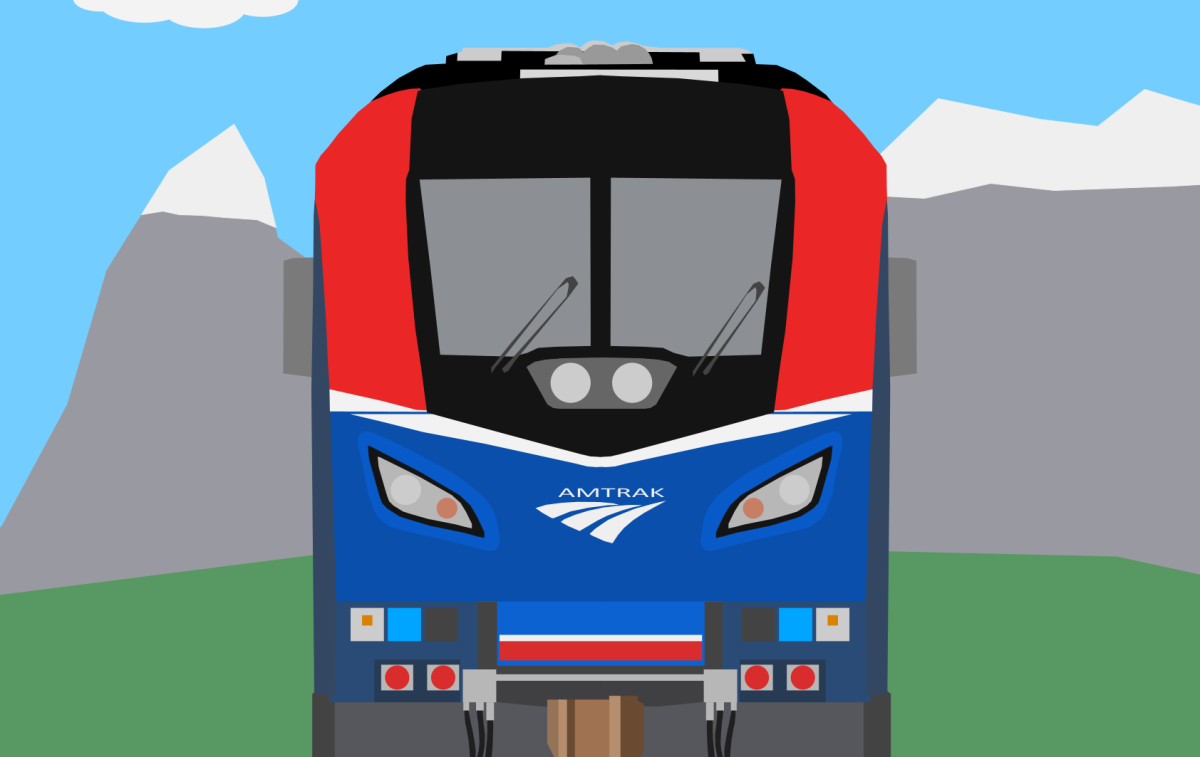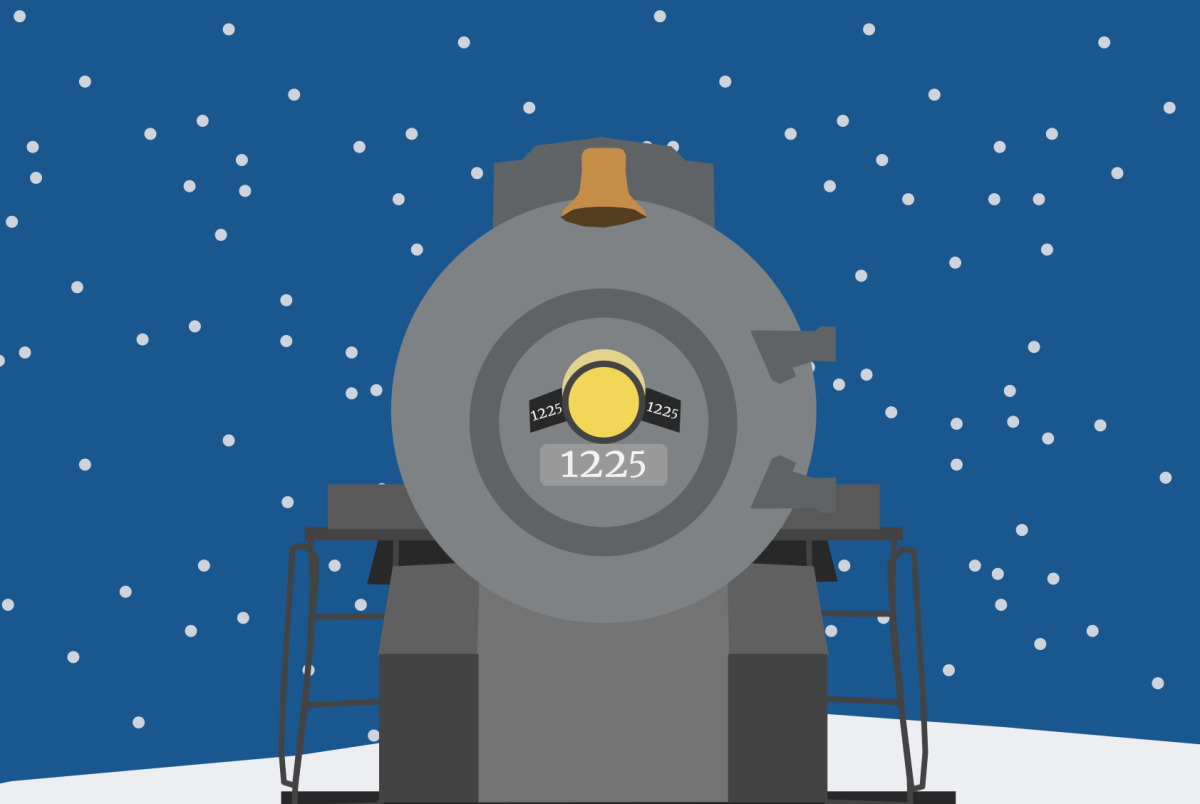The United Kingdom is home to some of the most famous steam locomotives to ever exist – City of Truro, the Flying Scotsman, Thomas the Tank Engine, and many more. What is it that draws the world to these trains? Their bright colours? A world famous franchise?
Or is it the absurdity of their small size next to America’s industrial might?

This is the American locomotive known officially as the “Big Boy.” Built in the early 1940s to help account for the increased wartime load on the Union Pacific, these locomotives more than earned their name. They’re so large that they break the traditional “Whyte” notation of leading wheels to guide the train on the rails – driving wheels to move the train – trailing wheels to support the weight in the back (for example, the locomotive that pulls the Polar Express is a 2-8-4). Instead, they’re 4-8-8-4’s, with two full sets of driving wheels.
Of course, the Big Boy’s didn’t fall out of the American Locomotive Company’s shops fully designed – they also had their smaller siblings, the Challengers (4-6-6-4). The changes made from these designs (like the addition of extra drive wheels) gave the Big Boys the power the railway needed.
And the Union Pacific used that power all the way through the late 50’s – even as the US transitioned to diesel power. In 1943, the UP actually tested one against a train pulled by three diesel units, and their strengths were matched.
Unfortunately, this is also an example of why diesel power won out over steam. Steam locomotives (especially ones as large and powerful as the Big Boys) are incredibly complex machines that require a lot of maintenance and specific parts. Diesel locomotives, on the other hand, have parts that are easier to mass produce, and are generally easier to maintain. Why spend a million dollars (hypothetically) on a Big Boy when you can spend nine-hundred-thousand dollars* on three diesels that are easier to maintain, and can be split from each other to run smaller trains? The railways are a business over anything else, and dieselization was the clearly superior option.
After they were retired from service, the Big Boys were donated to various museums and foundations across the country. For example, after its final revenue service in 1959 and its official retirement in 1961, UP #4014 was donated to the RailGiants Museum in Pomona, California. For the next fifty years, they kept it in the best shape they could, until one day in the early 2010’s the Union Pacific came knocking to see if they could buy it back.
You see, the comment I made about railroads being a business over anything else is true most of the time. Generally, if a railroad is trying to placate rail enthusiasts, they’ll just paint some of their diesels into a “heritage livery” – a livery (or paint job) that resembles a historic livery or is a callback to that railroad’s history. The Union Pacific, however, goes a step further, opting instead to run a heritage steam program.
And it’s only thanks to the UP that the Big Boy could have been restored to working order – as mentioned previously, it was a large and complex machine even for steam locomotives, and that’s not counting the costs for modernizing it beyond being able to move. The UP converted it to burn oil instead of coal (a cost saving and slightly more environmentally friendly measure) and paired it with diesel locomotive #4015 to use PTC – the electronic system required by the federal government so that trains can be tracked and otherwise monitored in real time. Smaller heritage railways or organizations wouldn’t have the funds to even begin the restoration, let alone complete it; the UP’s large budget was required to resurrect this titan of the rails.
After nearly a decade, Big Boy #4014 was ready to hit the rails again – and it did. Over the last several years, #4014 has visited many different places on the UP rail network, like the 2023 College Baseball World Series, and has even helped in freight operations, such as pushing a stalled train up a hill last year.
There’s even the possibility that it could come to Portland this year! Unfortunately, the announcement page no longer lists Portland in its list of cities – keep an eye on this page for updates.
Either way, the Big Boy is still a representation of American industry, and our railway superiority. Seriously, look at a picture of a Big Boy model next to one of the Flying Scotsman – even when the Flying Scotsman is a bigger scale than the Big Boy (1/76 vs. 1/87), the Big Boy dominates the rails and our hearts.










Sam • Apr 25, 2024 at 12:03 pm
Nice